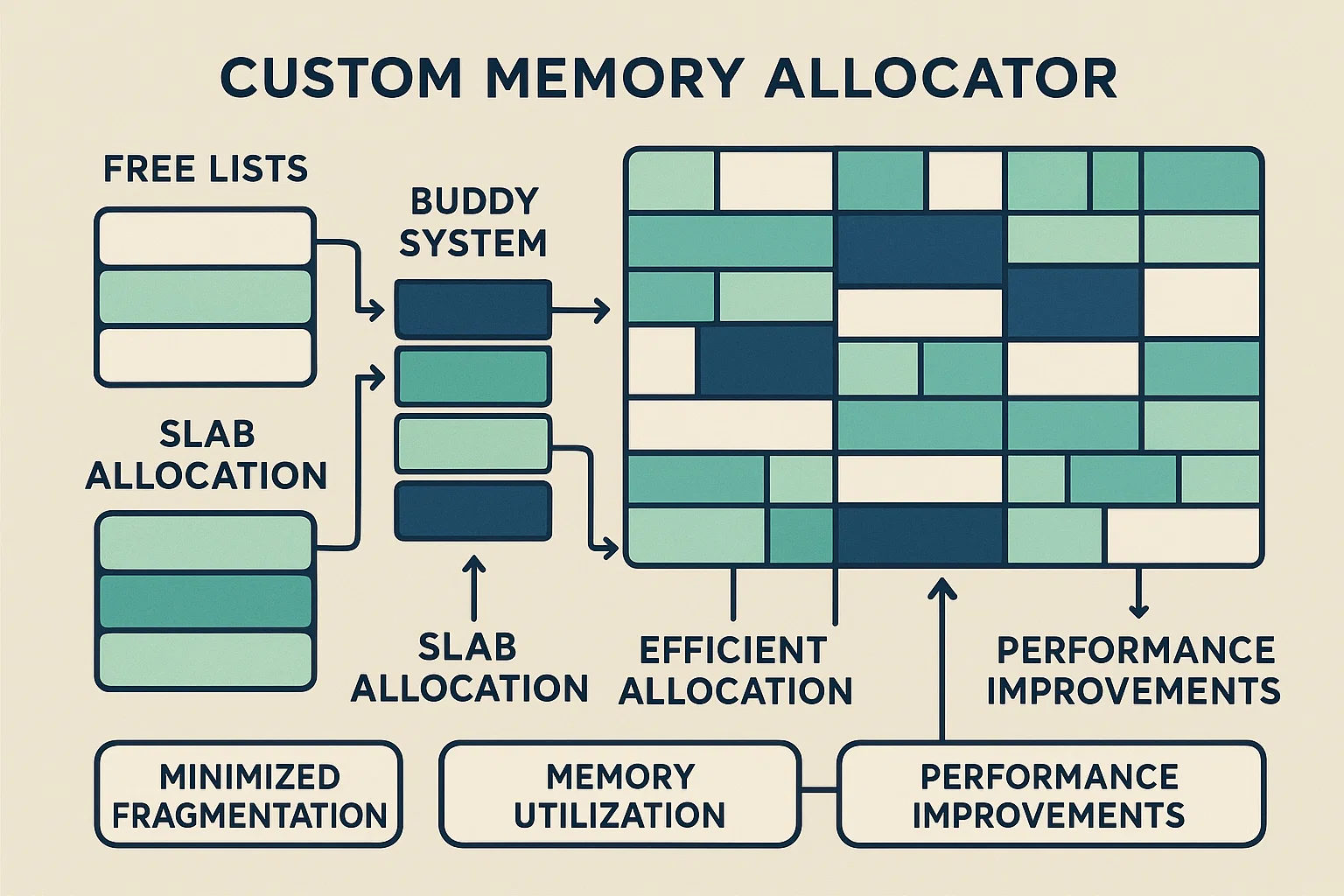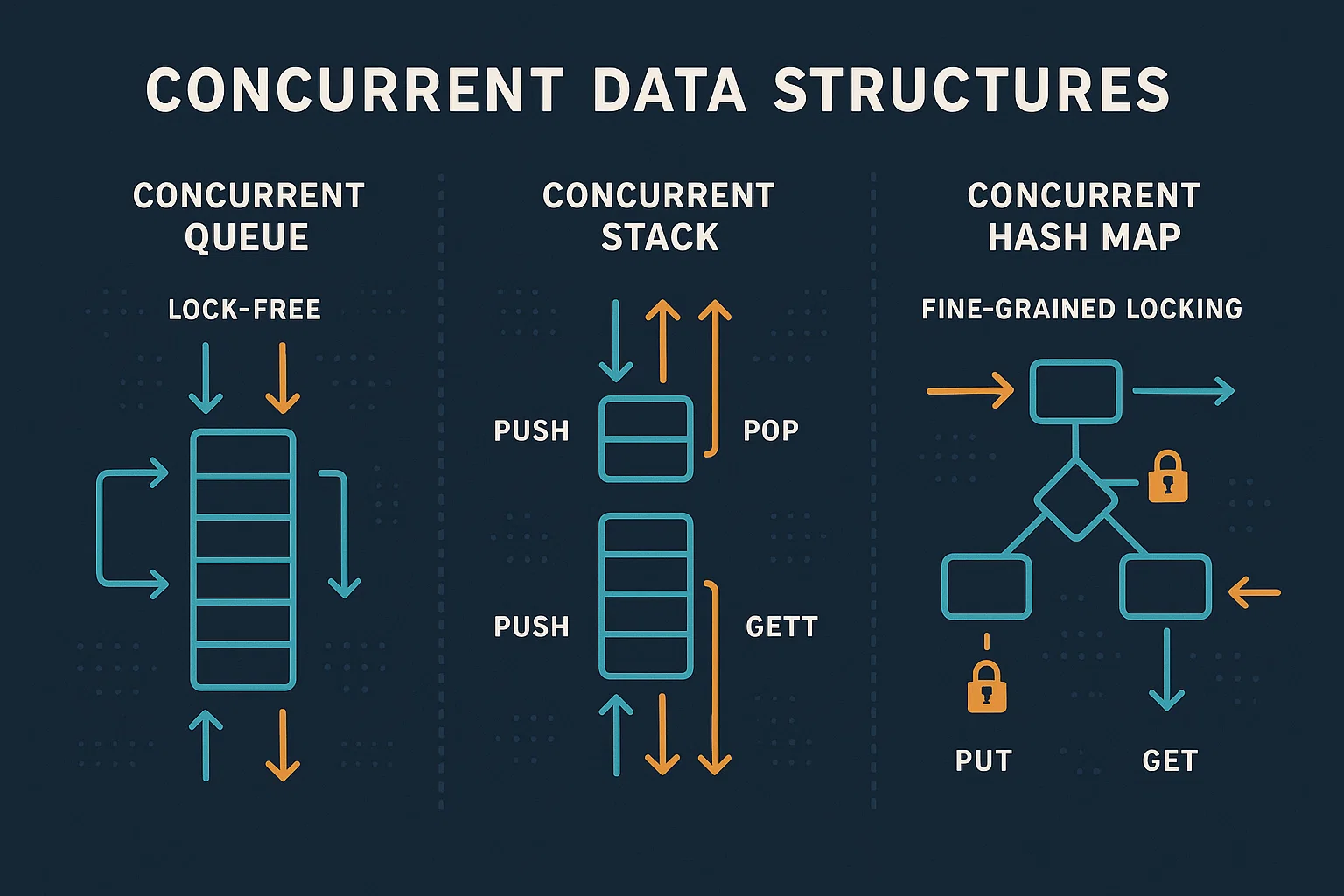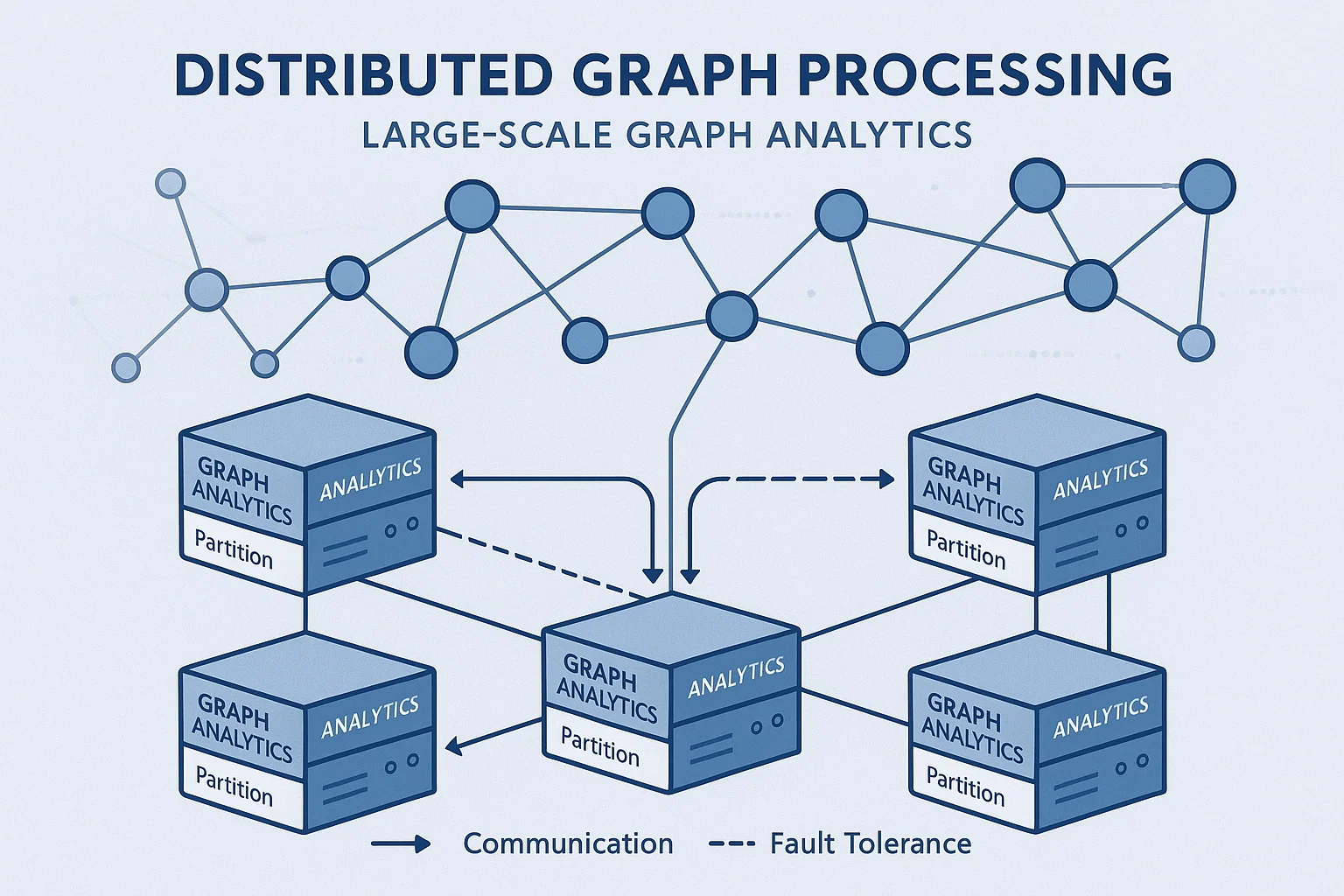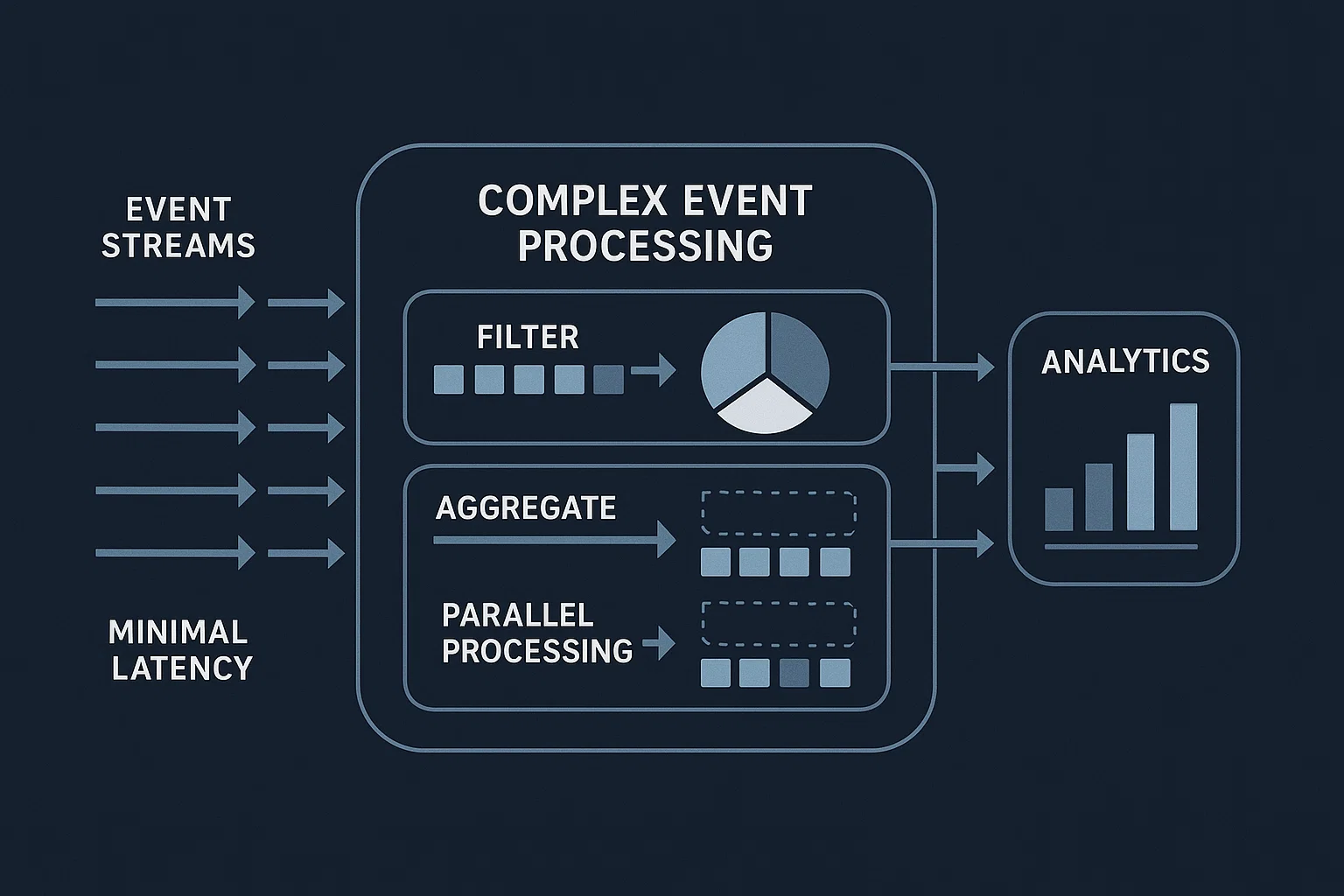Expert Assignment Solutions with 100% Guaranteed Success
Get Guaranteed success with our Top Notch Qualified Team ! Our Experts provide clear, step-by-step solutions and personalized tutoring to make sure you pass every course with good grades. We’re here for you 24/7, making sure you get desired results !
We Are The Most Trusted
Helping Students Ace Their Assignments & Exams with 100% Guaranteed Results
Featured Assignments

Dynamic Memory Management with Custom Allocators
Systems ProgrammingClient Requirements
The student needed to design and implement a custom memory allocator that efficiently manages dynamic memory allocation and deallocation. The allocator should handle memory fragmentation and support multiple allocation strategies.
Challenges Faced
We ensured that the allocator could handle various allocation sizes and patterns, which required careful consideration of memory fragmentation. Implementing efficient algorithms for memory allocation and deallocation posed significant challenges.
Our Solution
We implemented a custom memory allocator using techniques such as free lists, buddy systems, and slab allocation. The allocator was designed to minimize fragmentation and support efficient memory operations.
Results Achieved
The custom allocator demonstrated improved memory utilization and performance compared to standard allocators. It effectively managed dynamic memory allocation and deallocation, reducing fragmentation.
Client Review
The experience of working on this assignment was enlightening. The team provided clear guidance and support throughout the process, ensuring that all challenges were addressed efficiently. The final solution met all the requirements and performed exceptionally well.

Implementing a Concurrent Data Structure Library
Concurrency and ParallelismClient Requirements
The student wanted to develop a library of concurrent data structures that support thread-safe operations. The library should include structures like concurrent queues, stacks, and hash maps, and be optimized for high concurrency.
Challenges Faced
We faced complications handling synchronization mechanisms to ensure thread safety without compromising performance. Balancing concurrency and consistency required careful design and testing.
Our Solution
We implemented concurrent data structures using lock-free programming techniques and fine-grained locking. The library was designed to handle high concurrency efficiently while maintaining data consistency.
Results Achieved
The library provided robust and efficient thread-safe data structures that significantly improved performance in multi-threaded applications. It was thoroughly tested under various concurrency scenarios.
Client Review
Collaborating on this project was a rewarding experience. The team demonstrated exceptional expertise in concurrent programming, delivering a high-quality solution that exceeded expectations. The library's performance and reliability were outstanding.

Designing a Distributed Graph Processing Framework
Distributed Systems and Graph ProcessingClient Requirements
The student needed to design a framework for distributed graph processing that supports large-scale graph analytics. The framework should handle graph partitioning, communication, and fault tolerance.
Challenges Faced
We encountered difficulties in efficiently partitioning large graphs and managing inter-node communication. Ensuring fault tolerance and scalability added complexity to the design.
Our Solution
We developed a distributed graph processing framework based on the Bulk Synchronous Parallel (BSP) model. The framework utilized graph partitioning algorithms and message-passing protocols to achieve scalability and fault tolerance.
Results Achieved
The framework successfully processed large-scale graphs, delivering significant performance improvements in graph analytics tasks. It demonstrated scalability and resilience in distributed environments.
Client Review
Working on this assignment was an intellectually stimulating experience. The team provided valuable insights and guidance, facilitating the development of a robust and scalable solution. The framework's performance was impressive, and it met all the specified requirements.

Implementing a Real-Time Event Processing System
Real-Time Systems and Event ProcessingClient Requirements
The student wanted to implement a real-time event processing system capable of handling high-throughput event streams. The system should support complex event processing, filtering, and aggregation.
Challenges Faced
We ensured that the system could process events with minimal latency while maintaining high throughput. Designing efficient algorithms for event filtering and aggregation posed significant challenges.
Our Solution
We implemented a real-time event processing system using techniques such as windowing, time-based partitioning, and parallel processing. The system was optimized for low-latency and high-throughput processing.
Results Achieved
The system efficiently processed high-throughput event streams, providing real-time analytics with minimal latency. It supported complex event processing tasks, including filtering and aggregation.
Client Review
The experience of developing this system was highly rewarding. The team demonstrated exceptional problem-solving skills and technical expertise, delivering a solution that met all performance and functionality requirements. The system's real-time capabilities were impressive.
